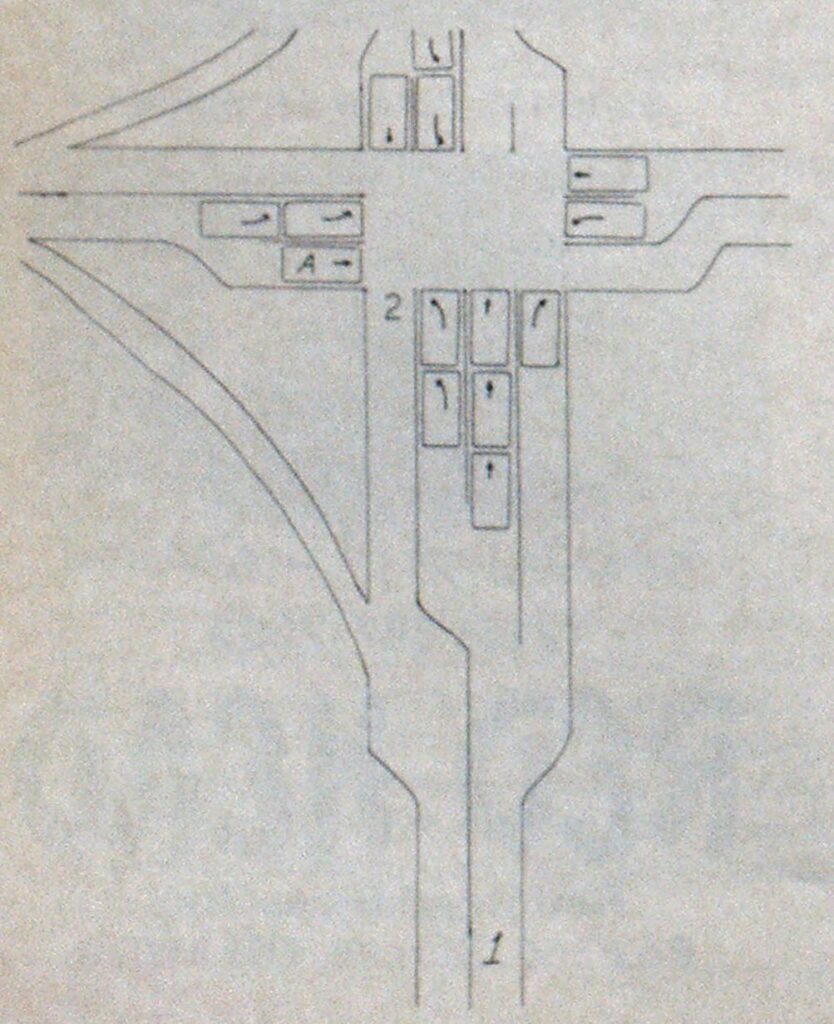
LETTERS TO THE EDITOR
DEPARTMENTS
Considerations and observations on the different sound transmission phenomena
Regarding the article “What Fire True…?” by L. F. Hatton that appeared in your November 1986 issue, I have a few additional observations concerning sound transmission that should prove helpful.
Electronic sirens have a frequency sweep between 500 hz and 1,800 hz. Some manufacturers limit their sweep from 550 hz to 1,050 hz, while others pick a sweep somewhere in the middle. The wail tone (10 to 11 cycles per minute) and yelp tone (120 to 200 cycles per minute) cover the same frequency width but at different rates per minute. However, the hi-low tone alternates between two frequencies at the lower half of the wail/yelp frequency spectrum. A 100-watt speaker will provide a decibel level at 100 feet of 103 db for a full size (8.5-inch bell) speaker and 100 db for a compact (light bar) speaker at 1,500 hz. Remember that 3 db loss is 1/2 the power and a 3 db gain doubles the power; this is how some manufacturers advertise 200watt performance with a 100-watt speaker. As the siren tone goes down,the frequency scale to 500 hz (approximately), the speaker loses some efficiency and you may lose up to 10 db output. This is probably why the hilow tone, mentioned in the article, was considered less effective in gaining driver response.
Not mentioned in the article was the use of electric-mechanical sirens. An 8 and 10-inch diameter motor driven siren (12 VDC) will generally have a sound output of 107 to 109 db (at 100 feet distance) at 1,200 hz (depending on manufacturer).
Another consideration is signal to noise ratio. If you assume that there is background noise level in a moving vehicle of 80 db, you must provide a signal stronger and at a different pitch to be heard. A previous test report stated that 10 db was the minimum sound level that must be added to the background noise (street noise, engine, tires, radio, etc.) level to have a driver acknowledge the signal. In other words, you would need a siren sound level of 90 db at the car to cause the driver to activate the brake. Most sirens at a distance of 100 to 200 feet can achieve this. The problem arises when the vehicle’s windows are also closed; this will require an additional 10 to 20 db just to penetrate the car’s exterior. The new siren sound level at the auto exterior will need to be between 100 and 110 db.
If you assume that a 103-db signal is now needed at the auto exterior to have the driver brake the vehicle, then:
- A 100-watt electronic siren with one large speaker or two compact speakers should cause the driver to stop the vehicle at a 100-foot distance, or
- One electric mechanical (109 db at 100 feet) siren will cause the driver to respond at 200 feet. (You lose 6 db when you double the distance.)
I suggest another look at electricmechanical sirens be done when making a siren selection.
Roy A. Harris Manager of Safety ITT Sheraton Corporation Boston, MA
Expect not only the unexpected, but the improbable
With respect to William Jones’ article pinpointing intersections as a prime location for apparatus accidents (December 1986 issue), 1 would like to elaborate on a particular accident scenario that caused significant physical and emotional trauma.
Setting the stage, weather was perfect, time was mid-morning, and there were no buildings or other obstructions in sight. The apparatus operator, it should also be noted, was an experienced, competent individual.

From even further back than Position 1 (see diagram), the traffic signal could be seen going from green to yellow and then red. As all traffic stayed still, the engine went around the blocked lanes on the left side. Just as the company reached Position 2, still with all warning devices on, the car to the left (labeled A) leaped out in front of the apparatus.
The factor, which I have not seen previously identified in apparatus accidents, that came into play here was the left turn signal for the opposing street. When the engine first received its red light, only the opposing leftturners got a green arrow. Car A still had a red light. The assumption that all traffic had yielded because no traffic was moving was erroneous. When Car A finally got its green, it moved.
Without doubt, distraction or inattentiveness was also present in Car A to a high degree, but establishing fault afterwards runs a poor second to preventing the accident initially. I bring this scenario to the attention of your readers who might be thinking that a full stop policy as Chief Jones described is only applicable to a crowded city.
Roy G. Gelbhaus Drillmaster Boulder Fire Department Boulder, CO
“Removing the veil of ignorance”
A few years ago, it was my pleasure to have been a student of Frank Fire at the National Fire Academy. He and Jan Kuzma were my teachers at the Chemistry of Hazardous Materials Course, a two-week crash course in learning the theoretical aspects of hazardous materials.
The course was first rate, as were the teachers. Mr. Fire is a thoroughly professional gentleman with both practical as well as theoretical knowledge of this very important field.
I have read his latest book, THE COMMON SENSE APPROACH TO HAZARDOUS MATERIALS, which Fire Engineering Books has published, and want to commend and congratulate you on using your good sense. This book can be used in a school environment, as a reference source for firefighters and others concerned with hazardous materials, or just a good source of information for the general reader.
I heartily recommend it to anyone even remotely concerned with mitigating hazardous materials problems of any sort. Frank Fire has made a solid contribution to “removing the veil of ignorance” from our eyes.
Joseph E. Galvin Deputy Chief (retired) New York City Fire Department Selden, NY

